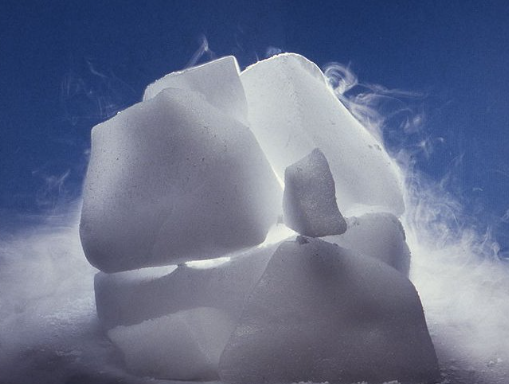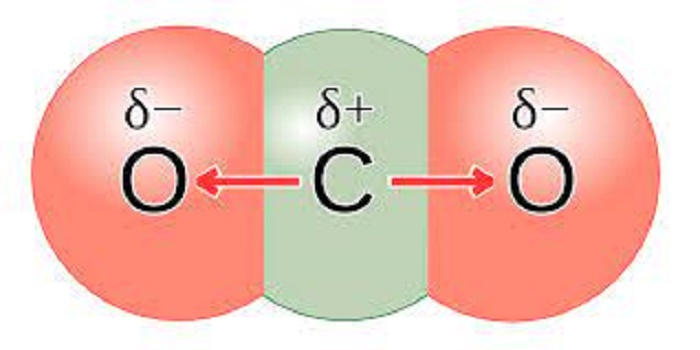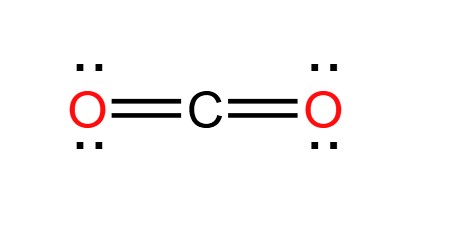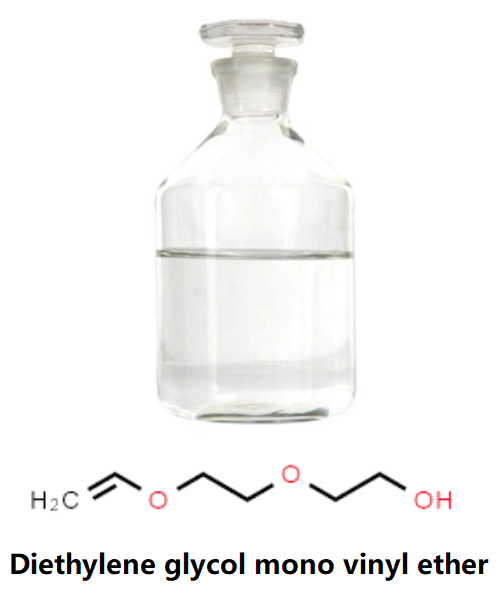Dry ice:Chemical formula,Uses,Safety
Dry ice is a natural, environmentally sound, and safe substance, which has all the functions of ordinary ice, but as dry ice does not have a liquid state, it is more convenient for use, for example in transporting food or medicine. It is also used for storing ice cream in supermarkets and for cooling beer.

Structure
Dry ice is the solid form of carbon dioxide, with the chemical formula CO2, comprising two oxygen atoms bonded to a single carbon atom.
Uses
Dry ice is commonly used for temporary refrigeration as CO2 does not have a liquid state at normal atmospheric pressure and sublimes directly from the solid state to the gas state. It is used primarily as a cooling agent but is also used in fog machines at theatres for dramatic effects. Its advantages include lower temperature than that of water ice and not leaving any residue (other than incidental frost from moisture in the atmosphere). It is useful for preserving frozen foods (such as ice cream) where mechanical cooling is unavailable.
Manufacture
Dry ice is easily manufactured.The most common industrial method of manufacturing dry ice starts with a gas having a high concentration of carbon dioxide. Such gases can be a byproduct of another process, such as producing ammonia from nitrogen and natural gas, oil refinery activities or large-scale fermentation.Second, the carbon dioxide-rich gas is pressurized and refrigerated until it liquefies. Next, the pressure is reduced. When this occurs some liquid carbon dioxide vaporizes, causing a rapid lowering of temperature of the remaining liquid. As a result, the extreme cold causes the liquid to solidify into a snow-like consistency. Finally, the snow-like solid carbon dioxide is compressed into small pellets or larger blocks of dry ice.
Safety
Dry ice is assigned a UN number, a code for hazardous substances: UN 1845. Dry ice is not classified as a dangerous substance by the European Union or as a hazardous material by the United States Department of Transportation for ground transportation.
);




